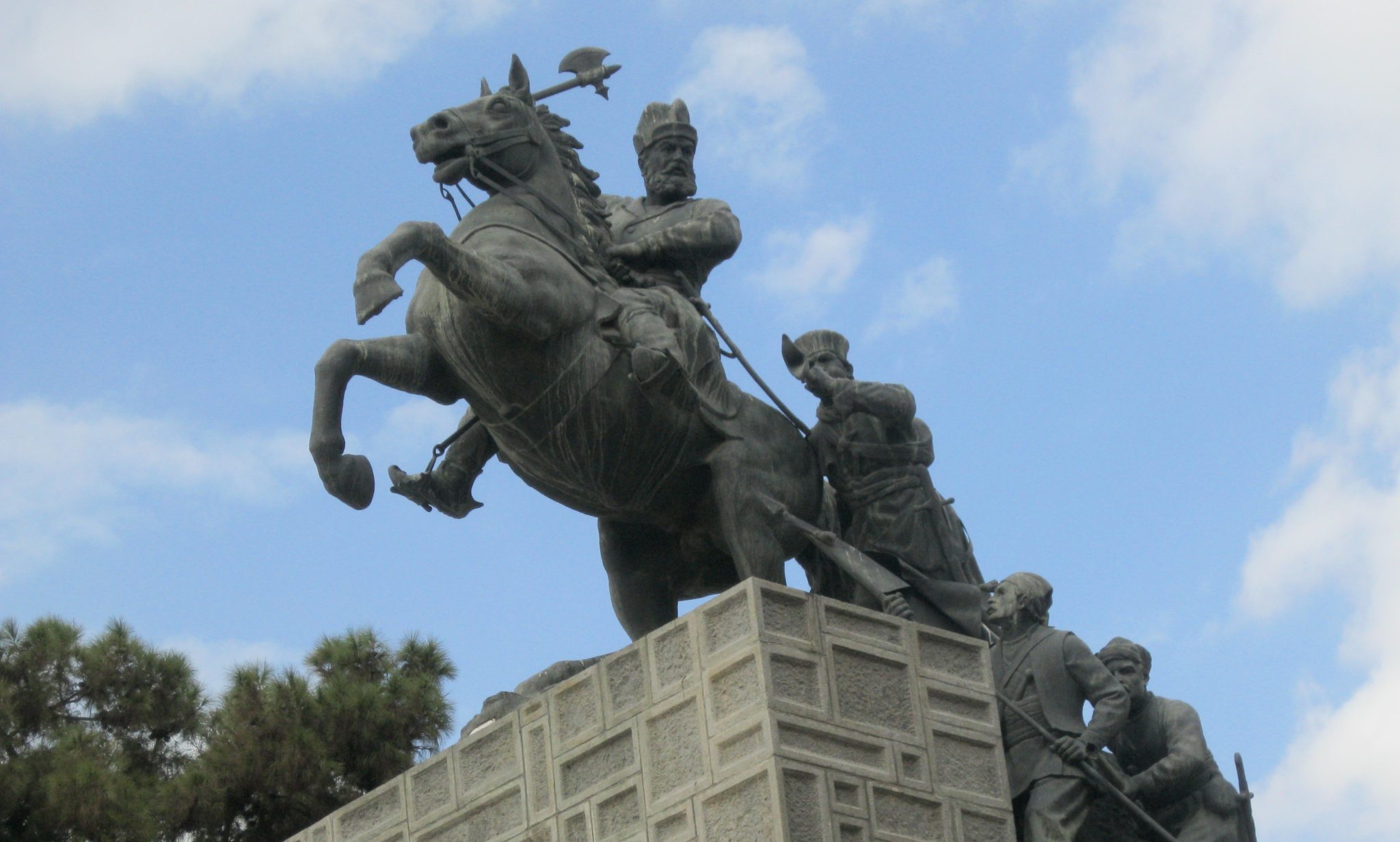Iran’s Last Empire: State Formation and Fragmentation in Nāderid Iran
Awardee: Mohammad Amir Hakimi Parsa
Year: 2020

This study aims to proffer understanding of the complex historic contingencies under which the Nāderid state was formed, evolved, and ultimately collapsed. Meaning that the historical trends and processes which contributed to the formation of the Nāderid state will be examined, and tracked through the various stages of state-formation, and subsequently, fragmentation. This is so that we may distinguish if, how, and to what extent each of these trends—be they politico-cultural, military, socioeconomic, or otherwise—contributed to the formation and fragmentation of the state at each stage of the polity’s development.
For the purposes of this study, the term ‘state-formation’ is used slightly more broadly than what its definition covers in political science and sociology, which has been aptly summarised by Jan Glete as ‘the extraction of resources from local society for the development of new, or stronger, centralised structures’. This study doesn’t merely focus on the process of extraction, but will also be taking an in-depth look at how, and to what ends, the extracted resources were utilised, and the wider context in which the centralising entity pursued legitimacy for such ‘extractions’.
The chapters in Part I of the dissertation are meant to give an in-depth examination of how contemporaries in Iran viewed their collective identities, and contested various notions of religiopolitical legitimacy. The anachronistic paradigm of the nation-state will be discarded in favour of reconstructing the cultural identities and discourses of contemporaries on their own terms. This will be done with reference to numismatic, sigillographic, epigraphic, architectural, and of course literary evidence from this period. These chapters will allow for insights into how notions of political legitimacy and collective identity were discussed and contested by contemporaries in early to mideighteenth century Iran. In this way, we may better understand how the Nāderid state was influenced, and in turn, sought to influence such notions of legitimacy in the political culture of Iran, and the Persianate world as a whole. The final two chapters will outline how many in Iran’s Shi’i elites came to heavily contest the legitimacy of the empire based on their collective Shi’i-Iranian identity. Such a discourse played an integral role in Iran’s recurrent rebellions until the fall of the empire in 1747.
The chapters in Part II will seek to answer how exactly the Nāderid state developed a viable solution to the chronic military inferiority of Iran’s Ṣafavid loyalists in the face of foreign (and especially) Afghan armies. The tactical systems which raised the Nāderid faction from local warlords at the periphery of Iranian politics, to the very centre of power, will be examined as an indispensable part of Nāderid state-formation. These chapters begin by exploring the various functions of military institutions in the earlier phases of Nāder’s rise in Khorāsān. It goes onto trace how these institutions might have evolved over time, and how their evolutions might have strengthened or weakened the state. By the end of the chapter, the role of the military in the creation, expansion, and preservation of the Nāderid state will become clear. Its evolution will be charted, and the reasons for its successes will be meticulously explained.
The chapters in Part III deal with the transformations of the Nāderid fiscal-military administrative system, and the economic context within which it operated. Subsequently, we will explore the financial costs of the powerful military system examined in Part II, and seek to answer on the basis of available evidence, what administrative measures and reforms were implemented to finance the state’s rapid expansion, and whether or not these same measures later contributed to the empire’s disintegration, and if so, then to what extent. The findings from the chapters in Parts I and II will be brought to bear on discussions relating to the stresses under which fiscal and administrative reforms were enacted. Ultimately, it will be possible to demonstrate how the empire’s loss of legitimacy in the 1740s fuelled political and economic instability in Iran, leading to state-fragmentation.
About the awardee
Mohammad Amir Hakimi Parsa is PhD candidate at SOAS, University of London in the Department of History, Religions and Philosophies where he works on a dissertation titled Iran’s Last Empire: State Formation and Fragmentation in Nāderid Iran.